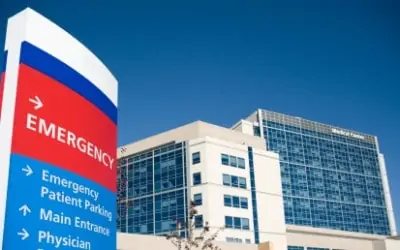
Claims of medical malpractice against private physicians and Hospitals which are "for profit" can be different than claims against hospitals and individuals that are in the public sector or which are run by the federal or state government. The major difference between private and public claims is that private healthcare providers usually purchase insurance to cover potential medical malpractice claims. Some large public hospitals are "self insured," which means that they usually have sufficient funds to pay malpractice claims.
One common misunderstanding is that private hospitals actually employ the physicians who work there. Most private hospitals DO NOT EMPLOY the physicians that work there. Instead, these hospitals extent privileges to physicians who are considered independent contractors to the hospitals. This generally means that a hospital is not legally liable or responsible for the negligent acts of the physicians who practice there. Of course, there are exceptions to this rule, as in the case where a hospital negligently extends hospital privileges to a physician which it knew or should have known did not possess the proper qualifications to practice medicine or the specialty in which the privileges were granted. If a hospital extends privileges to such a physician, they may be liable for failing to perform the proper due dilligence on the physician before allowing him to practice medicine in their hospital. These are known as negligent credentialing claims There are also some hospitals that do employ its physicians, but these facilities are in the minority.
Hospitals do often employ the nurses and technicians that work there. However, in today's fast pace medical world, many hospitals turn to nurse staffing agencies to provide them with the nurses they need at busier times. These nurses may be considered employees of the agency, the hospital or both depending upon the amount of control the hospital exercises over them in their everyday nursing duties.
Most physicians in private practice purchase medical malpractice insurance to cover any potential claims that may be brought against them. Although the insurance companies have embarked on a campaign to raise their profits by claiming that medical malpractice claims are making such insurance unaffordable to physicians, the documented evidence demonstrates that rising physician malpractice premiums are more related to profiteering by insurance companies than they are to medical malpractice claims.
Physicians in private practice are also generally unwilling to settle medical malpractice claims because a federal law requires that any medical malpractice payments that are made on their behalf must be reported to a national data bank which hosptials and insurance companies may access in considering granting privileges or setting insurance rates.
Again, each state has its own laws that governs the substantive and procedural requirements of bringing a claim of medical malpractice. Also, at least 20 states currently have caps on damages in medical malpractice cases. Most of these caps are on the non economic or pain and suffering damages and do not include economic losses like lost wages or medical expenses. But some caps, like Louisiana's includes lost wages. In Louisiana, a successful patient may only recover $500,000, plus past and future medical expenses, regardless of the damages caused by the medical malpractice.
